What is UV Light?
 Michael Anissimov
Michael Anissimov
UV, or ultraviolet, light is an invisible form of electromagnetic radiation that has a shorter wavelength than the light humans can see. It carries more energy than visible light and can sometimes break bonds between atoms and molecules, altering the chemistry of materials exposed to it. UV light can also cause some substances to emit visible light, a phenomenon known as fluorescence. This form of light — which is present in sunlight — can be beneficial to health, as it stimulates the production of vitamin D and can kill harmful microorganisms, but excessive exposure can cause sunburn and increase the risk of skin cancer. UV light has many uses, including disinfection, fluorescent light bulbs, and in astronomy.
The term “ultraviolet” means “beyond violet.” In the visible part of the spectrum, wavelength decreases — and the energy of the electromagnetic waves increases — from red through orange, yellow, green, blue and violet, so UV light has a shorter wavelength, and more energy, than violet light. Wavelengths are measured in nanometers (nm), or billionths of a meter, and ultraviolet wavelengths range between 10nm and 400nm. It can be classified as UV-A, UV-B or UV-C, in order of decreasing wavelength. An alternative classification, used in astronomy, is “near,” “middle,” “far,” and “extreme.”
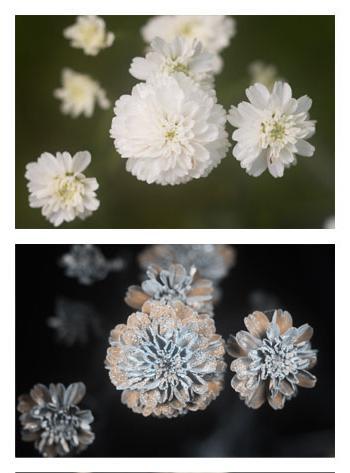
The Sun produces ultraviolet light of all categories; however, the shorter, higher energy wavelengths are absorbed by oxygen in the atmosphere, and, in particular, by the ozone layer. As a result, the ultraviolet that reaches the surface consists mostly of UV-A, with a little U-VB. It is UV-B that is responsible for sunburn. The sunlight that reaches the Earth’s surface has both benefits and dangers.
Benefits

Ultraviolet light, specifically UV-B, is required to allow the skin to manufacture vitamin D. It converts a chemical found in the skin to a precursor of the vitamin, which then forms the vitamin itself. This vitamin is essential to human health, and a lack of it has been implicated in immune system disorders, cardiovascular disease, high blood pressure and various cancers. A severe deficiency results in the bone disease called rickets. Lack of sunlight is the main cause of vitamin D deficiency, and sunscreen prevents its formation.
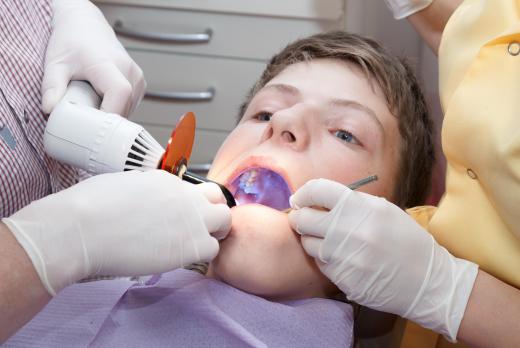
There are other benefits associated with ultraviolet light may that seem to be independent of vitamin D production. Frequent exposure to moderate amounts of sunlight, i.e. amounts insufficient to cause sunburn, may provide some protection against skin cancer. There is evidence that people with outdoor occupations are less susceptible to the disease. Children who spend a lot of time on outdoor activities also appear to be at less risk of developing skin cancers later in life. Other possible beneficial effects include reduced incidence of cardiovascular disease, improvement of some skin conditions, and mood enhancement.
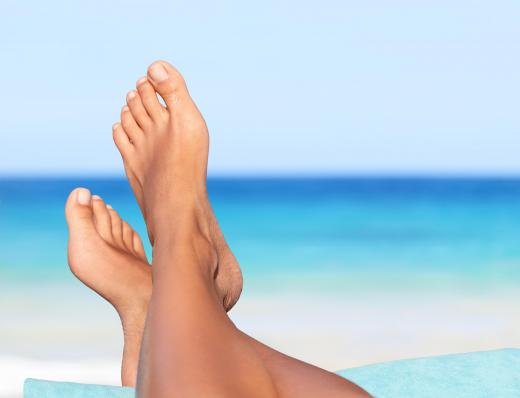
Many potentially harmful microorganisms are quickly killed or inactivated by exposure to UV light. Airborne virus infections, such as influenza, are generally spread via droplets expelled by coughs and sneezes. Virus particles in these droplets do not survive long if exposed to sunlight, and as a result, these diseases may not spread so easily in sunny conditions.
Dangers
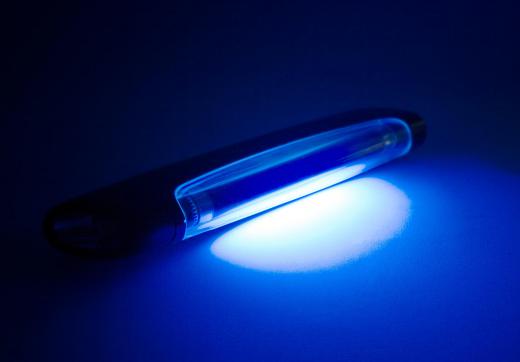
The ability of ultraviolet light to cause chemical changes also presents dangers. The more energetic UV-B is responsible for sunburn, can cause premature aging of skin and can alter DNA in a way that can lead to skin cancers, such as melanoma. It can also damage the eyes and cause cataracts. UV light stimulates the production of the pigment melanin, and because of this, people may intentionally expose themselves to strong sunlight to obtain a tanned skin. The effects associated with this form of light may be aggravated by the popularity of tanning studios and sunbeds, which use artificially produced ultraviolet light to cause tanning.
Uses
Disinfection and Sterilization
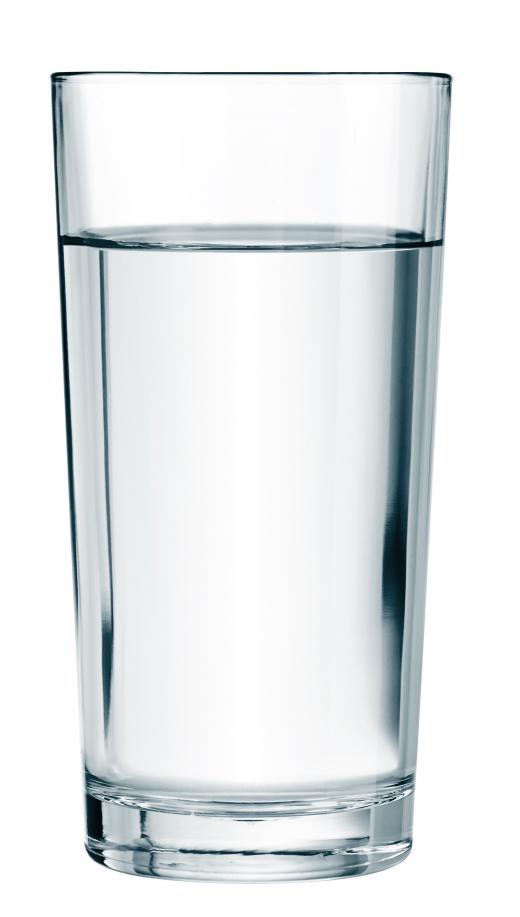
The effects of UV light on viruses, bacteria, and parasites have led to its use in disinfecting drinking water supplies. It has the advantages of requiring little maintenance, not affecting the taste of treated water, and leaving no potentially harmful chemicals behind. The main disadvantage is that, unlike some chemical methods — such as chlorination — it will not protect against contamination after treatment. UV is also used for sterilization of food and in microbiology laboratories.
Fluorescence
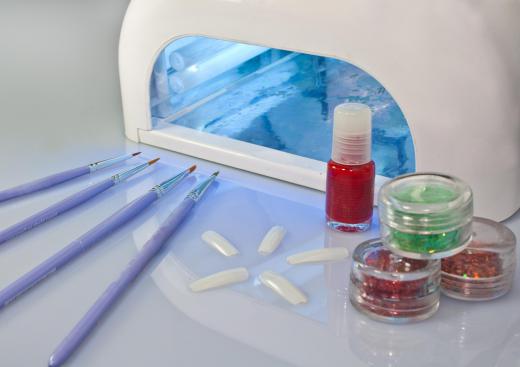
Some substances, when exposed to UV light, emit light at visible wavelengths, a phenomenon known as fluorescence. Common fluorescent lamps, for example, are powered by UV light produced by ionizing low-pressure mercury vapor. This light is absorbed by a special fluorescent coating, which in turn produces visible light. Fluorescent lights are more energy-efficient than conventional light bulbs.
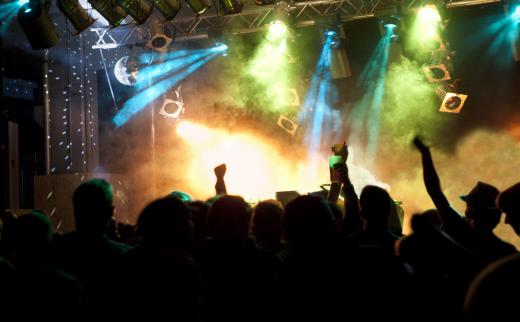
Ultraviolet light is frequently used in security. Sensitive documents, such as currency, driver's licenses, credit cards, and passports, have invisible symbols on them that light up only in the presence of UV light. These are difficult for counterfeiters to copy.
Biologists and zoologists are quite fond of ultraviolet light as it helps them take nighttime organism surveys in the field. Certain birds, reptiles, and invertebrates, such as insects, fluoresce under UV, and quickly flashing a light over a small area can allow observers to count the approximate number of organisms of a given type. This is very helpful because many of these animals are mainly nocturnal and rarely if ever seen during the day.

Many textiles used in clothing also fluoresce, and the “black lights” often used in nightclubs and at parties exploit this fact by causing clothing to glow in the dark. These lights primarily produce light in the UV portion of the spectrum, but they also produce a slight violet glow. Special posters or other works of art can also be created with the express purpose of fluorescing a certain way under a black light.
Insect Traps
Many insects can see ultraviolet light and are attracted to it, so the light is often used in insect traps. These may be used by entomologists to study the insect population in a specific habitat or to trap and kill nuisance insects in restaurants food stores.
Astronomy
Mapping the Milky Way and other galaxies in ultraviolet light allows astronomers to build up a picture of how galaxies evolve over time. Young stars produce more UV radiation than older stars, like the Sun. They also produce a higher proportion of their ultraviolet light at the extreme end of the spectrum. Areas where new stars are forming therefore glow more brightly in UV, enabling astronomers to identify and map these areas.
Other Uses
There are a number of other uses for UV light:
- Spectrophotometry — for analyzing chemical structures.
- Analyzing minerals — fluorescence under ultraviolet light can distinguish between minerals that look the same under visible light.
- Microscopy — the shorter wavelength of ultraviolet light can resolve details too small to be seen with an ordinary light microscope.
- Chemical markers — substances that fluoresce in UV light, such as green fluorescent protein (GFP) may be used to study biological processes.
- Photochemotherapy — this is used as a treatment for psoriasis and some other skin conditions.
- Very fine resolution photolithography — this is used in the manufacture of semiconductor components in the electronics industry.
- Checking electrical insulation — “corona discharge,” where damaged insulation on electrical equipment results in ionization of the air, can be detected by the emission of ultraviolet light.
- Curing of adhesives and coatings — some substances polymerize and harden on exposure to ultraviolet light.
AS FEATURED ON:
AS FEATURED ON:



















Discussion Comments
UV is indeed light, as all other constituents of the electromagnetic spectrum are. Visible light is simply the segment on the electromagnetic spectrum that represents light with a wavelength perceptible to the human eye. Also, light isn't a wrong synonym for radiation; it's a synonym.
UV light is classified as light because all constituents of the elctromagnetic spectrum, which UV light is one of, are light. Visible light is simply the segment on the spectrum that classifies the light that the human eye can perceive. So, yes, light is a slightly deceptive term meaning radiation.
Is UV "light" even light? UV is not visible so where do we get the light from? Why do we even say visible light? Are we just accepting light as a wrong synonym for radiation?
Why was UV light invented and how does it work?
Can UV bulbs be an energy source used for recharging solar powered lights same as the sun, or self producing energy by using UV bulbs for the source of the energy?
is there a color pigment which is transparent in uv light?
Dear anon74683: If you are referring to non-pathogenic bacteria as "good" bacteria, then yes UVC rays do indeed inhibit the growth of "good" bacteria.
UV light in a pond is supposed to clear water. what does the killing? Does it kill good bacteria.
If you live in an area with scorpions and like bugs. Go out at night with a little UV light and search out the scorpions, they glow! It's so neat!
I also read somewhere that scientists that are studying disease are creating pigs and even dogs that glow under UV light.
If you have a strong stomach and don't gross out easily, take a UV light with you on the next vacation and check out your hotel room!!
Post your comments